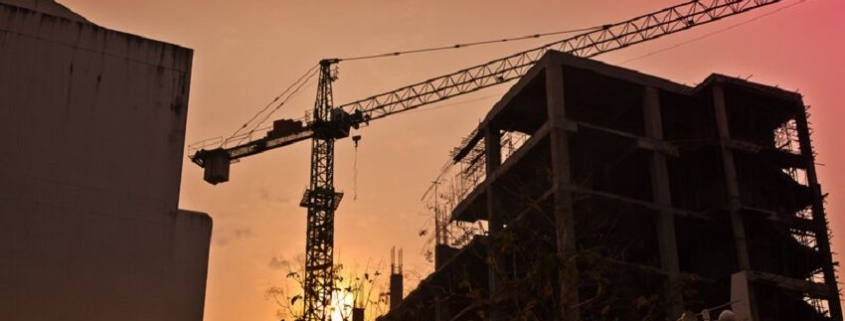Investor Interest In Medical Properties Continues: JLL Closes $142.9M Sale Of 50-Property National Investment Grade Portfolio
JLL announced today that it has closed the $142.9 million sale of a 50-property national investment grade portfolio totaling approximately 430,000 square feet across 22 states.
JLL represented the seller, Elliott Bay Capital Trust, and procured the buyer, a publicly traded REIT.
The sale of the Elliott Bay Dialysis Portfolio is a multi-state portfolio containing single tenant dialysis clinics leased to the two largest U.S. dialysis providers, Fresenius Medical Care and DaVita. The net lease properties are 100 percent occupied and backed by investment grade credit or New York Stock Exchange public companies.
Well located across 22 states in desirable major U.S. metro areas, the properties have mission critical infrastructure providing life sustaining dialysis treatment. The significant investment in the fit out at these locations and arduous Medicare certification and state licensing creates high retention rates and long-term, inelastic tenancy – one of the main drivers for dialysis clinic investment. Dialysis remains a fundamental and non-discretionary segment of healthcare services that has a long-term trajectory of growth and profitability regardless of the macroeconomic environment.
The sale was a collaboration between JLL’s Healthcare, Corporate Finance and Net Lease verticals led by Managing Director Mindy Berman and Vice President, Brannan Knott, Senior Vice Presidents Peter Bauman and Tivon Moffitt.
Knott, from JLL Capital Markets, Healthcare, described the portfolio as, “a rare, highly durable income portfolio, tenanted by the nation’s leading dialysis providers. This is the exact investment profile attracting many investors into this sector and is supported by macro demographic trends of the nation’s aging baby-boomers and increased incidence of end-stage renal disease driving significant increases in dialysis demand for the foreseeable future.”
“JLL sees no slowdown in demand for medical office investments,” Berman added. “We’ve seen consistent annual sales of $9 to $10 billion in the medical office sector and 2019 should be on pace with recent years.”
“Due to the portfolio mix of investment-grade and high-quality dialysis clinics, JLL was able to achieve excellent pricing for the seller with an accelerated closing time period,” Bauman said.
“Single-tenant medical properties and portfolios remain in high demand across various capital sources,” Moffitt added.
JLL Capital Markets is a full-service global provider of capital solutions for real estate investors and occupiers. The firm’s in-depth local market and global investor knowledge delivers the best-in-class solutions for clients — whether investment advisory, debt placement, equity placement or a recapitalization. The firm has more than 3,700 Capital Markets specialists worldwide with offices in nearly 50 countries.
Source: HREI




